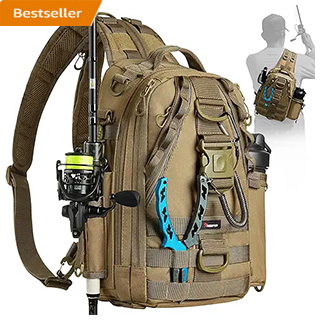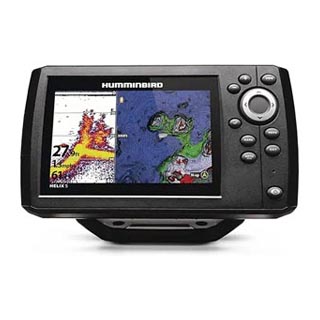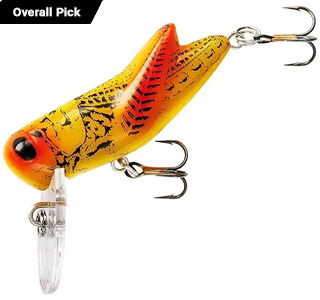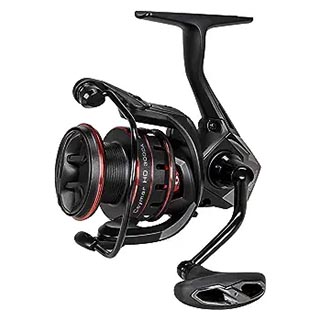Not Just Fishing!
Fishing Articles and Information

What Type of Catfish Rigging to Use?
By Daniel Eggersten
Everyone has their own idea of the best type of rigging to use for any kind of fishing, and this holds true across the board with catfish rigs.
There are quite a few options available for rigging up your line to draw in the most catfish, depending on what types of water you are fishing and the breed of catfish you're targeting.
You can use similar methods as those employed by crappie angler, especially for smaller varieties of catfish, such as channel cats and bullheads or even whites. The Carolina rig especially tends to be popular among catfish fishermen.
However, there are several other ways in which to prepare catfish rigs that can guarantee good results.
Tightlining sets up the line so that a fisherman can control precisely how far above the lake floor the bait suspends.
In order to
build catfish rigs in this manner, you'll start by looping the baitholder (choose the size of the hook to use based on the size of
your bait) or a treble hook in some cases onto the line at your preferred distance from the end.
Choose a weight that will allow your bait to remain stationary in the current you are fishing in and tie it to the end of the line. Using a split shot, peg the hook a preferred distance above the weight (you can experiment to find this distance, but it is usually somewhere between 18-24"). Be sure to keep the line taut because a strike can be subtle, even from big fish.
Catfish rigs like this are good to use when there may be foliage on the lake bottom that interferes with the bait's ability to permeate the water and attract the catfish. It's a great way to target flatheads in particular due to their penchant for deep, dark water with some cover.
You can also opt for the slipweight method, which lets the bait lie on the lake floor. Mostly used at night, it is a good way to fish shallow waters where catfish come to feed overnight.
These catfish rigs are made by sliding a weight onto the line - any type
of weight will do, as long as it can slide along the line. As with the tightline setup, choose the weight of your sinker based on
the current.
Pinch a split shot a preferred distance from the bottom of the line (again, you can experiment, but as before, you'll most likely
find your hotspot between 18-24 inches from the bottom).
Lastly, tie the hook to the end of the line, probably using the palomar
knot for the strength factor, as well as ease of procedure.
The sliding of the sinker along the line masks the weight to a catfish, not giving away that the bait is fake until too late and they've already struck.
Dan Eggertsen is a fishing researcher and enthusiast who is commited to providing the best catfish fishing information possible.





